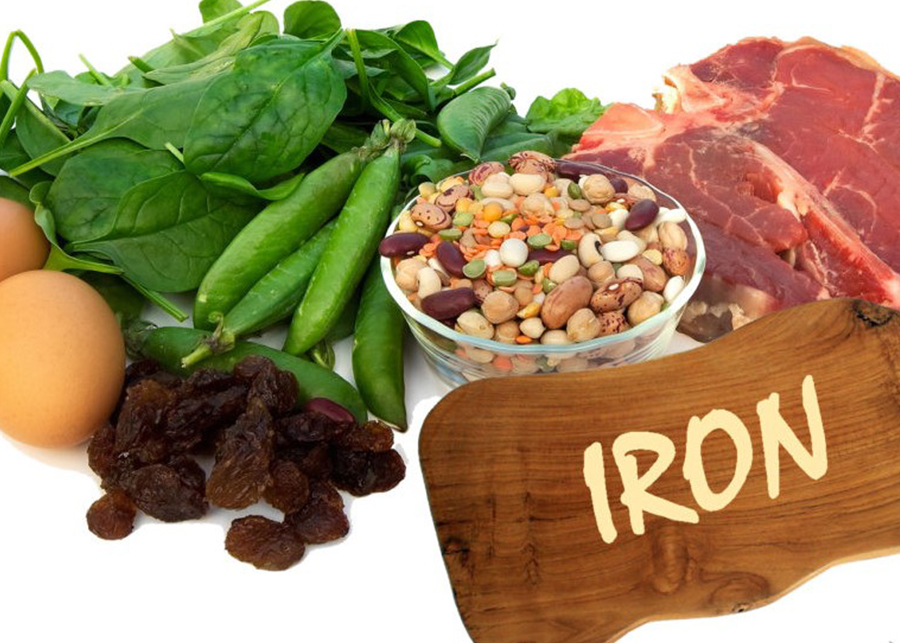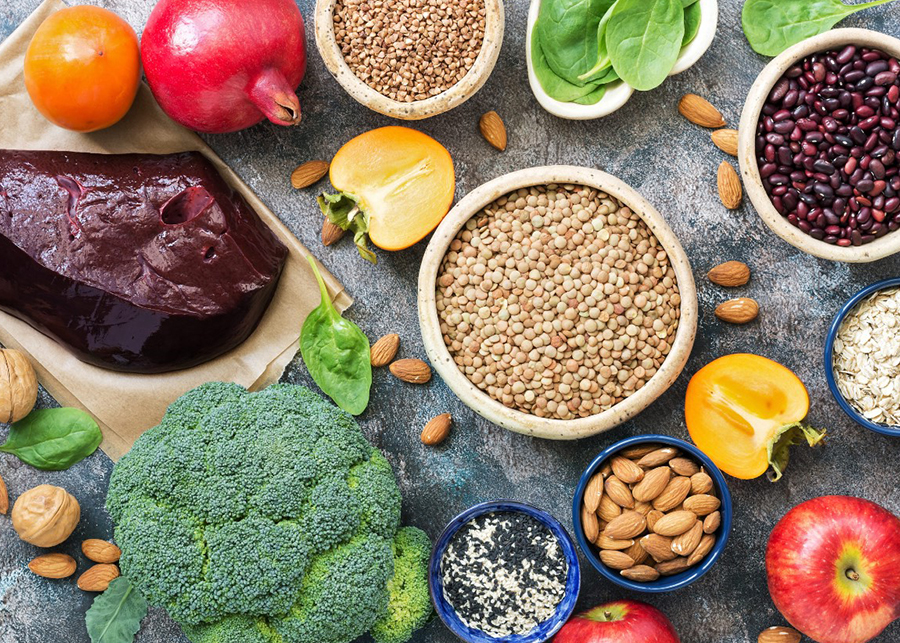
Iron can be found in many foods, and these foods can be helpful sources of this mineral. These sources can be found in both animal and plant sources. Breakfast cereals, for example, are high in iron. You can also get your daily allowance of iron by eating lean meat, poultry, or fish.
The minerals in food are essential for the proper functioning of your body, and iron is no exception. Iron is an essential nutrient and it helps red blood cells to deliver oxygen through the blood to all parts of the body. Many foods contain iron, and these foods can also be helpful sources when you are trying to get enough iron.

Nonheme iron
There are many benefits of eating foods that contain nonheme iron. They are great sources of fiber, protein, good fats, vitamins and minerals, antioxidants and other beneficial plant compounds. However, some foods contain more of these minerals than others. So it’s best to consume them in small amounts only.
Heme iron is absorbed by the body at a much higher rate than nonheme iron. This is why vegetarians only absorb about two to twenty percent of the nonheme iron that they consume. By contrast, meat-eaters absorb as much as fifteen to thirty percent of heme iron. This means that vegetarians need to consume twice as much iron as meat-eaters. Luckily, there are plenty of vegetarian-friendly iron foods to help meet your needs.
Heme iron
Iron is important for our health, but too much heme iron can pose a problem. It can damage DNA and cause inflammation. It also produces a dangerous free radical known as hydroxyl. The best way to get enough heme iron is to eat foods high in it, but there are also foods that contain non-heme iron. Some common foods that are high in iron include oysters, pumpkin seeds, fortified cereals, and red meat.
A person needs a certain amount of heme iron each day to maintain a healthy body. According to the U.S. Department of Agriculture, a person needs 45 milligrams of heme iron per day. Most meat and poultry sources contain at least 40 mg of heme iron. In addition, there are iron -fortified foods such as cereals, breads, and pastas.
Heme iron from animal sources
There are two main types of iron in the diet: heme iron and non-heme iron. Heme iron is the more easily absorbed type and is present in meat and chicken. Non-heme iron is found in plants and can be harmful to your health. In addition, it is associated with a number of diseases including cardiovascular disease and diabetes.
Heme iron is a component of hemoglobin and myoglobin, proteins in red blood cells and muscle tissue that transport oxygen throughout the body. A normal human body needs 10 milligrams of heme iron each day. A woman who is pregnant needs up to 30 mg a day. For most people, the most common source of heme iron is meat. Meat contains animal blood proteins (holobin and myoglobin) that are easily absorbed by the body.

Nonheme iron from plant sources
Nonheme iron is the type of iron that is not absorbed by the body. While animal
products provide the best source of iron, plant sources are often less effective. Eating plenty of fruits and vegetables can increase the amount of iron you get from plant sources. Adding vitamin C to your diet can also help you absorb more iron from plant sources.
In addition to food, teas can also be an effective way to get your daily dose of nonheme iron. Some nutritionists recommend drinking green tea before or after meals to maximize absorption. However, Coppock and Dziwenka caution that taking green tea extracts without food increases the risk of hepatotoxicity. In addition, green tea does not inhibit iron absorption as much as black tea.
Vitamin C helps you absorb iron
Iron deficiency is a major health problem, affecting around a billion people worldwide. This deficiency affects a person’s ability to absorb the iron in their diet. While iron from meat proteins and eggs is readily absorbed, it is much less readily absorbed from plant-based foods. Iron deficiency can result in low energy levels, lowered immunity, and many other symptoms. Therefore, it is important to increase your intake of iron- rich foods, and take supplements under medical supervision.
Iron can be found in meats, beans, dark green leafy vegetables, fortified breakfast cereals, and citrus fruits. Meat- based sources of iron are called heme iron, while plant -based sources are called non-heme iron. Vitamin C improves iron absorption in your body. Citrus fruits, tomatoes, and potatoes are excellent sources of vitamin C. Fresh broccoli, Brussels sprouts, and bell peppers are other foods high in vitamin C.
What Foods Are High in Iron? Result
Experts recommend eating a variety of foods that contain vitamin C at each meal. The recommended daily intake of iron is 8 milligrams (mg) for women and 10 mg for men. If you find that you’re low on energy, you can ask your doctor if an iron supplement could be right for you.

